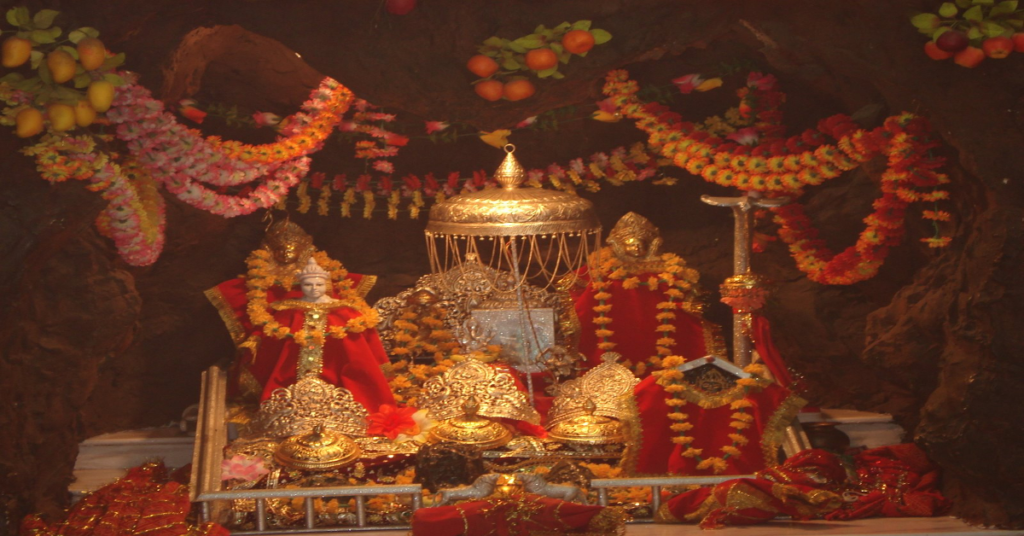Vaishno Devi’s tales enrich Hindu mythology. Stories are passed down through generations, establishing tradition and heritage. The Vaishno Devi pilgrimage unites people from different origins in devotion. Pilgrims often bond across caste, creed, and race.
Effect on the Economy: The region now has a thriving tourism economy because of the temple’s popularity. Hotels, restaurants, shops, and transport services all spring up to serve the crowds of visitors.
Numerous seasonal jobs are made available to locals due to the pilgrimage season. Many people rely on the temple’s activities for their livelihoods, including guides, porters, hotel workers, and vendors.
The temple’s commercial and trading activities have a significant impact on the economy of the region outside Katra. As pilgrims stock up on gifts, trinkets, and other necessities for their journey, the economy benefits.



